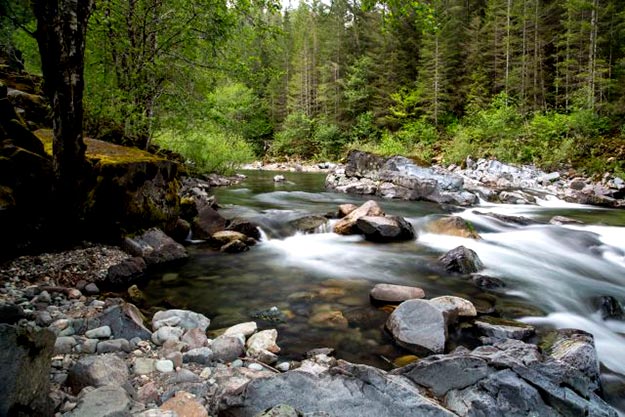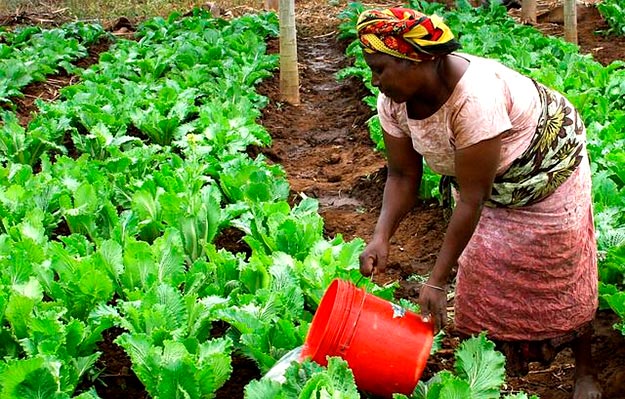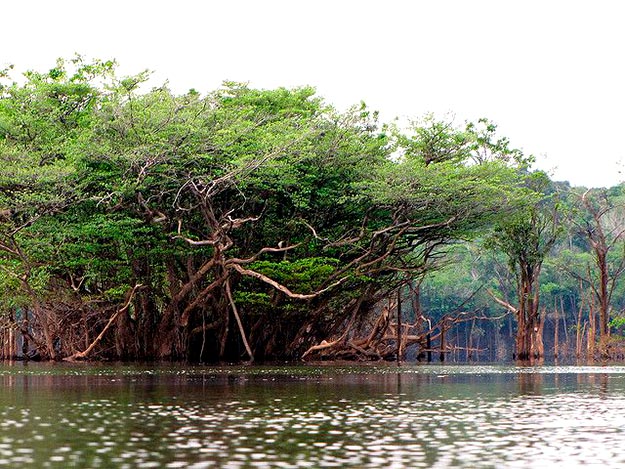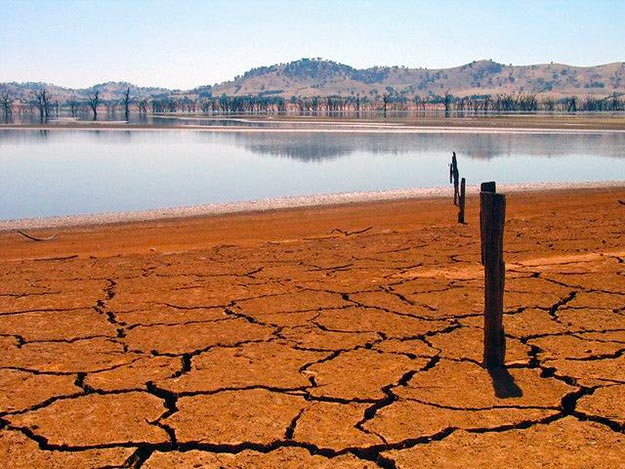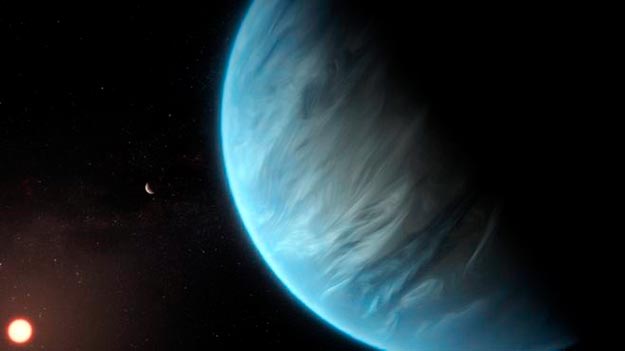For some of the world’s most pressing water questions, the answer is in nature.
Clean, plentiful water depends on healthy surrounding natural systems such as forests. Much of the world’s water is filtered through forested watersheds, which improve water quality and protect water supply. Large forests like the Amazon even help control the “rivers of the sky,” which dictate rainfall patterns hundreds of miles away.
While both the world’s forests and water supply are under threat, their intertwined relationship also means that these systems can be improved simultaneously. Current water crises are impacted by three specific challenges – climate change, forest fires and extreme weather – all of which can benefit from valuing and restoring forests. Read more

